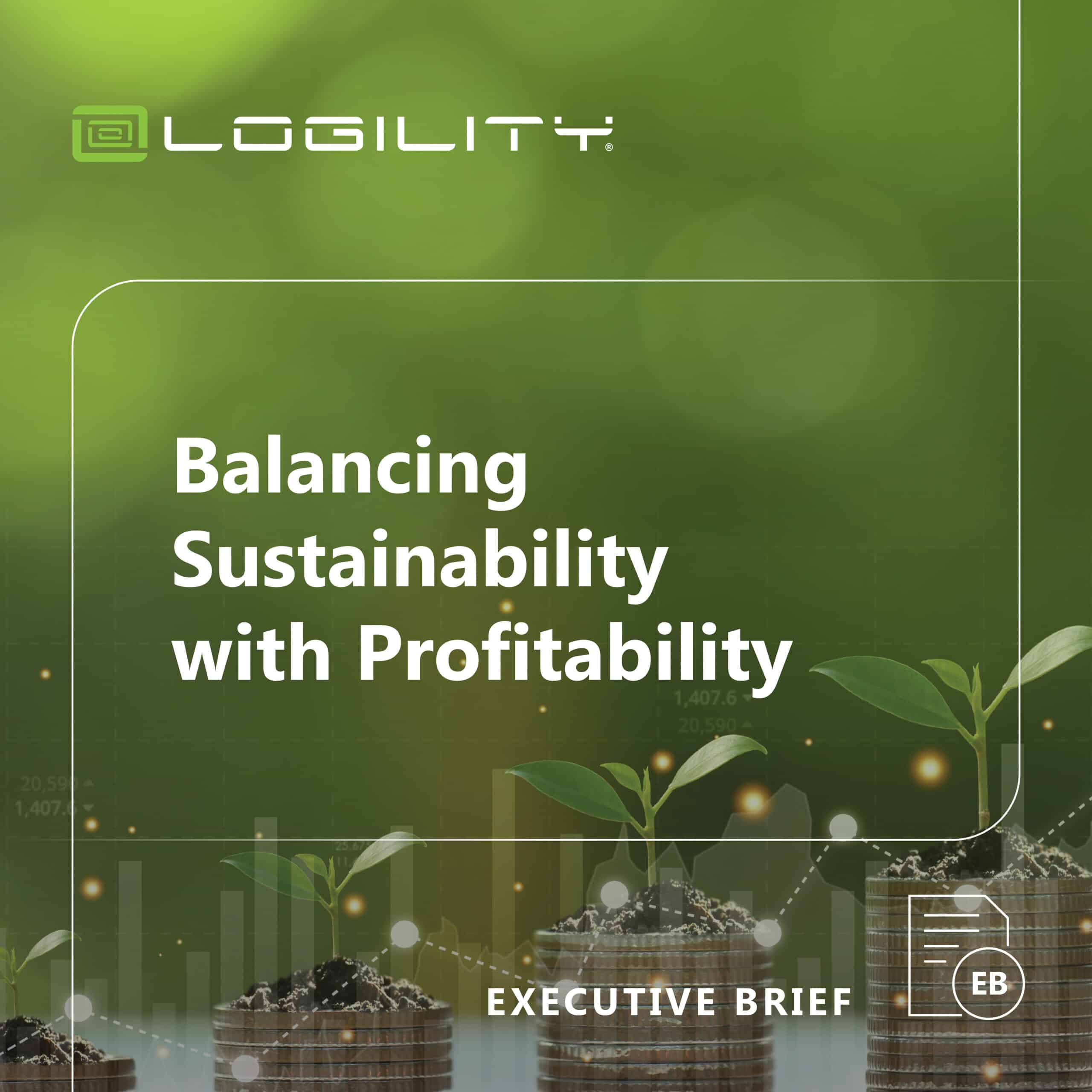
Companies with more agile supply chain practices had service levels that were 7% higher and inventory levels that were 23 days lower than their less agile peers. So, how can agile practices help supply chains navigate the increasingly volatile global environment? Forward-thinking supply chain leaders have a once-in-a-generation opportunity to future-proof their supply chain networks. Here is how to reinvigorate your supply chain to meet today’s important objectives while optimizing margins.
Transformation for supply chain resilience
Just when you think you have solved a supply chain issue, something else crops up.
Disruption is nothing new – a disruption lasting one to two months is experienced by most companies every 3.7 years. The key to preserving revenue is understanding where your supply chain is vulnerable. Are there vendors, facilities, or processes that could be potential points of failure? Where do the risks lie for price volatility or shortages?
Visibility is key to measuring and monitoring vulnerabilities within your supply chain, and you need a clear view of suppliers beyond tier one. Despite everything that has happened in the past few years, only about 50% of businesses know the risks faced by their tier-one vendors, and only 2% have insight into the third tier and further.
A transparent view of your end-to-end supply chain is paramount for a resilient network. It is the only way to understand the risks faced by your suppliers, whether physical, political, financial, social, or regulatory. Only then can executives take the targeted action needed to not only address but also mitigate their supply chain vulnerabilities.
“Good visibility also gives you the ability to add machine learning capabilities to your supply side, in order to provide predictive analytics,” explains Lachelle Buchanan, VP of Product Marketing at Logility. “Technologies like [AI] have come a long way to help provide visibility capabilities in supply chain planning. For instance, you can instantly see the impact from a single supplier or machine going down; it will tell you which orders are going to be late and even suggest prescriptive action.”
Agility helps meet unexpected challenges
Agile supply chain companies need to sharpen demand forecasting to better anticipate customer behavior, with more accurate forecasts leading to better positioning of your inventory and helping to determine where to store safety stock and how much. It also means deep diving into your supplier networks through all tiers, ferreting out any weaknesses, and making intelligent decisions based on up-to-the-minute data. Agile planning means evaluating and optimizing your network continually to meet customer needs.
Your company’s ability to profitably deliver high-quality products is especially important in the face of short lead times and varying volumes. It is paramount that your organization responds quickly to changes in supply and demand and gives you the insight you need to optimize margins. Wise heads turn to a single digital supply chain platform that offers end-to-end visibility and leverages artificial intelligence, machine learning, collaboration technology and “what-if” scenario analysis to better manage risk and help develop action plans.
Agile supply chain companies enjoy more revenue, lower costs, reduced risk, and are better able to meet customer service demands. And a digital supply chain platform can lead to a more sustainable supply chain, something that is not only a primary requirement for consumers but also a hallmark of corporate responsibility.
Balancing Sustainability with Profitability
Learn more about the growing importance and challenges of sustainability, positive financial impact, and revolutionized decision making with collaboration and transparency in this executive brief.
Download NowAdding sustainability to the mix
The word sustainability trips lightly off the tongue of consumers and business leaders today. It’s also a critical focus of governments and NGOs, including the United Nations Industrial Development Organization. A recent forum discussed how supply chain sustainability is inextricably linked to global sustainability. They discussed definitive ways to measure and monitor sustainability and achieve it across the supply chain.
Measuring, monitoring, and maintaining vendor collaboration to achieve social, economic, and environmental sustainability require a clear look into your supply chain. Self-reporting is problematic, and without vendor compliance, a sustainable supply chain is impossible.
Sustainability has its own rewards beyond the obvious benefits to the planet and its people.
- You can sell more. Consumers are bullish on sustainability. They will pay more for products from a sustainable brand. Quite telling is that 72% of Americans who shop for sustainable products use labels or third-party certification to confirm sustainability. Only 38% will take a corporation’s word for it.
- You can improve and protect your organization’s reputation. A sustainable supply chain is proof positive of your commitment to sustainability, which ties back to the first point about credibility.
- Reduce compliance and regulatory risk. The rules can change daily, it seems, as countries, cities, and states impose new regulations designed with sustainability in mind. It is about your suppliers, and how to embed ethics and environmental factors into your supplier vetting and onboarding.
- Save money. A smaller corporate footprint can reduce business costs. One survey reported that through sustainability initiatives to help suppliers reduce their emissions, the combined savings amounted to $12.4 billion.
Your sustainability initiatives will not be effective without working closely with suppliers. When you come to understand your suppliers better, they will understand your organization’s vision and purpose. Logility’s corporate responsibility solution helps foster a stronger supply network using a fair and open approach to supplier scorecards and sourcing decisions.
Putting these changes in motion does not happen overnight, but you can start now.



